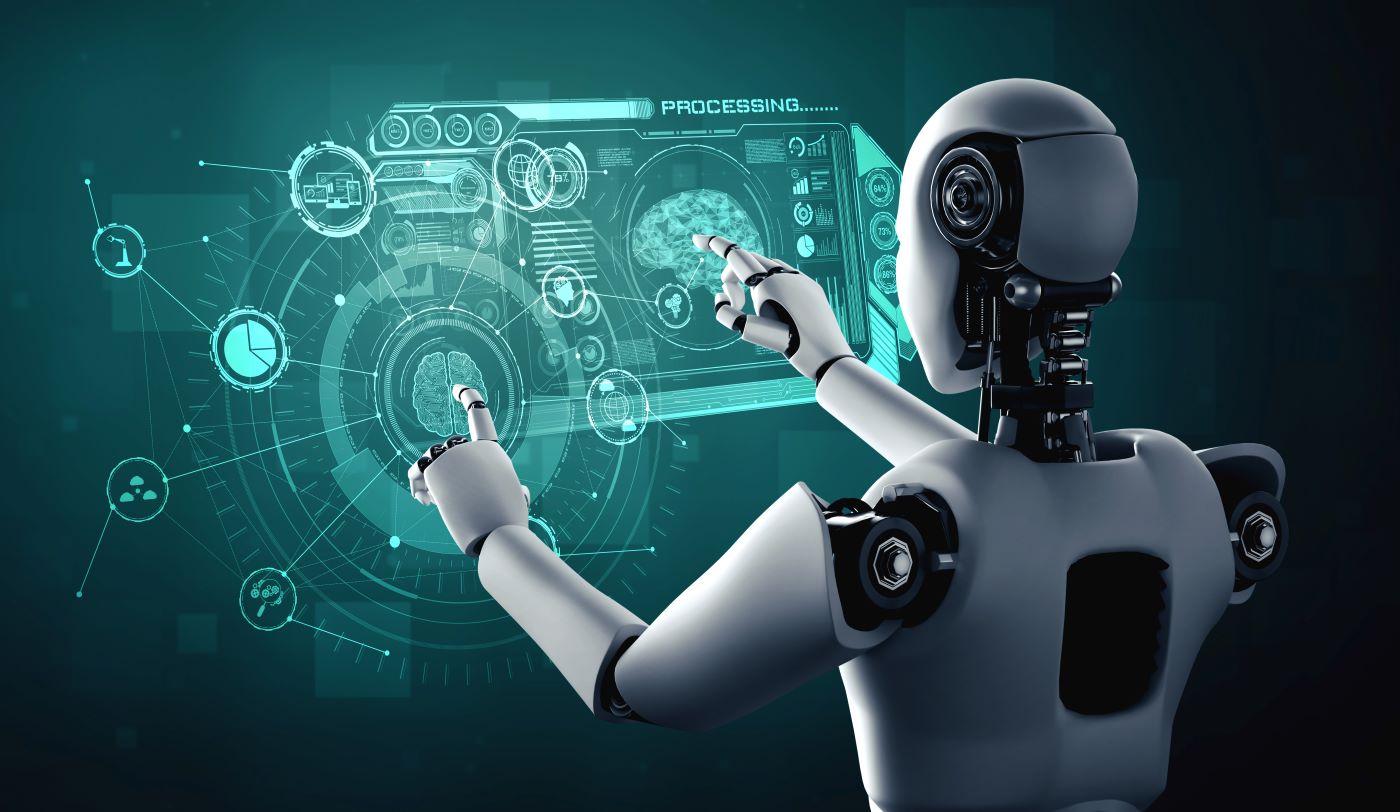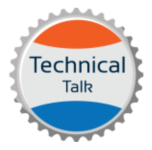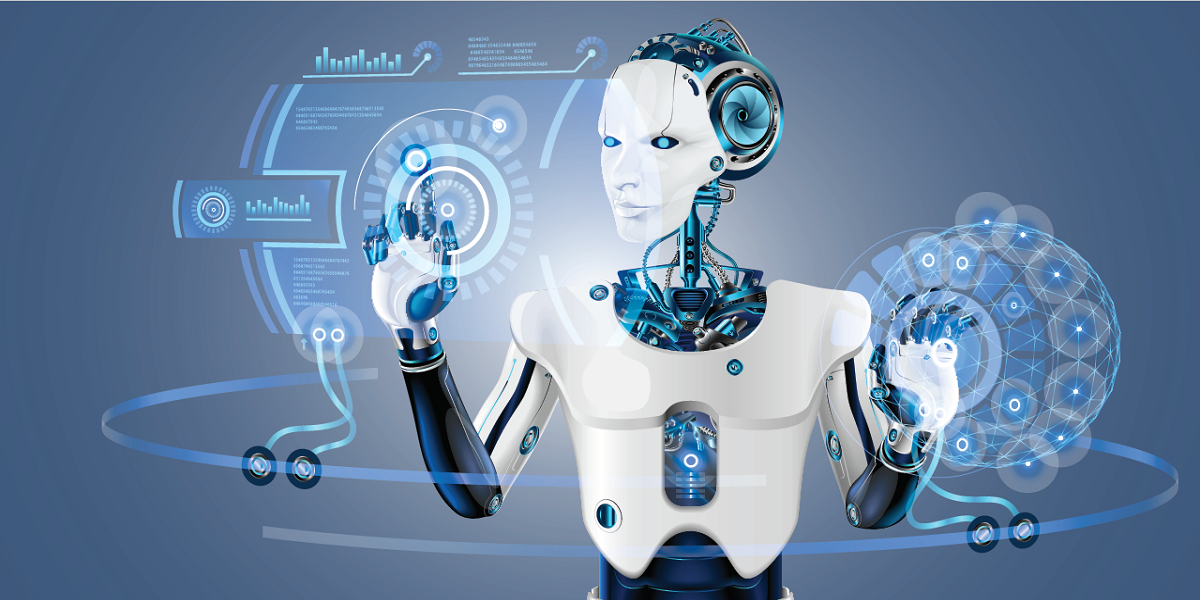Robotic Process Automation (RPA) stands at the forefront of technological innovation, revolutionizing modern technical workflows by introducing unprecedented efficiency and optimization. This transformative force is a beacon in the dynamic landscape of digitalization, where the intricate interplay of tasks is seamlessly streamlined. This exploration into Robotic Process Automation delves into its profound significance, unveiling a spectrum of applications that transcend industries and reshape the very essence of technical workflows. At its core, RPA introduces a paradigm shift, liberating organizations from the shackles of mundane tasks through the deployment of intelligent software robots. These bots, aptly referred to as digital workers, emulate human actions within a digital environment, providing a catalyst for enhanced speed, accuracy, and overall productivity. As organizations increasingly recognize the transformative potential of RPA, its adoption becomes synonymous with a strategic approach to executing complex processes and navigating the intricacies of modern technical landscapes.
Unlocking Efficiency through Robotic Process Automation
At its essence, Robotic Process Automation (RPA) introduces a paradigm shift in the realm of technical workflows by deploying software robots, commonly known as “bots,” to execute tasks that are repetitive and rule-based. This fundamental principle of RPA involves these digital workers mimicking human actions within a digital environment, ushering in a new era of operational efficiency. By seamlessly emulating human tasks, RPA not only reduces errors but also accelerates processes, liberating human workers to redirect their skills and attention toward tasks that require creativity, critical thinking, and strategic decision-making. This transformative approach ensures a workforce that is not replaced but rather augmented by technology, fostering a collaborative environment where the strengths of both humans and bots contribute synergistically to the overall success of technical workflows.

Applications across Industries
Moreover, one of the standout features of RPA is its versatility, seamlessly integrating into diverse industries and technical workflows. From finance and healthcare to manufacturing and customer service, this section examines real-world applications of RPA, showcasing how organizations leverage this technology to drive efficiency, accuracy, and cost-effectiveness. Case studies illuminate the transformative impact of RPA in optimizing technical processes across different sectors.
Overcoming Technical Challenges
While the benefits of RPA are substantial, implementing it effectively comes with its set of challenges. This part navigates through the technical considerations organizations face when adopting RPA, including integration with existing systems, ensuring data security, and addressing scalability. Insights into best practices provide a roadmap for organizations looking to harness the full potential of RPA without encountering technical roadblocks.
Human-Machine Collaboration
Contrary to concerns about job displacement, RPA is positioned not as a replacement for human workers but as a collaborator. This section explores the concept of human-machine collaboration, emphasizing how RPA can augment human capabilities. By automating routine tasks, RPA allows human workers to focus on strategic and creative aspects of their roles, fostering a symbiotic relationship between technology and human expertise.
Future Trajectory
Furthermore, as technology continues its rapid evolution, the landscape of Robotic Process Automation (RPA) undergoes dynamic transformations. This section speculates on emerging trends, potential advancements, and the evolving role of RPA in shaping the future of technical workflows. The trajectory of RPA points towards exciting possibilities such as enhanced cognitive capabilities, deeper integration with artificial intelligence, and expanded applications across diverse industries. These advancements hold promises of not only further optimization in efficiency but also innovative solutions to complex challenges in technical workflows. The evolving role of RPA signifies a continuous journey towards harnessing the full potential of automation technologies, contributing to the ongoing evolution of how organizations approach and streamline their intricate technical processes.
Conclusion
In conclusion, Robotic Process Automation emerges not just as a tool but as a catalyst for profound transformation within technical workflows. From boosting efficiency to fostering collaboration, RPA’s impact reverberates across industries. Embracing and adapting to the evolving landscape of RPA positions organizations to unlock new realms of productivity and innovation in their technical endeavors.

